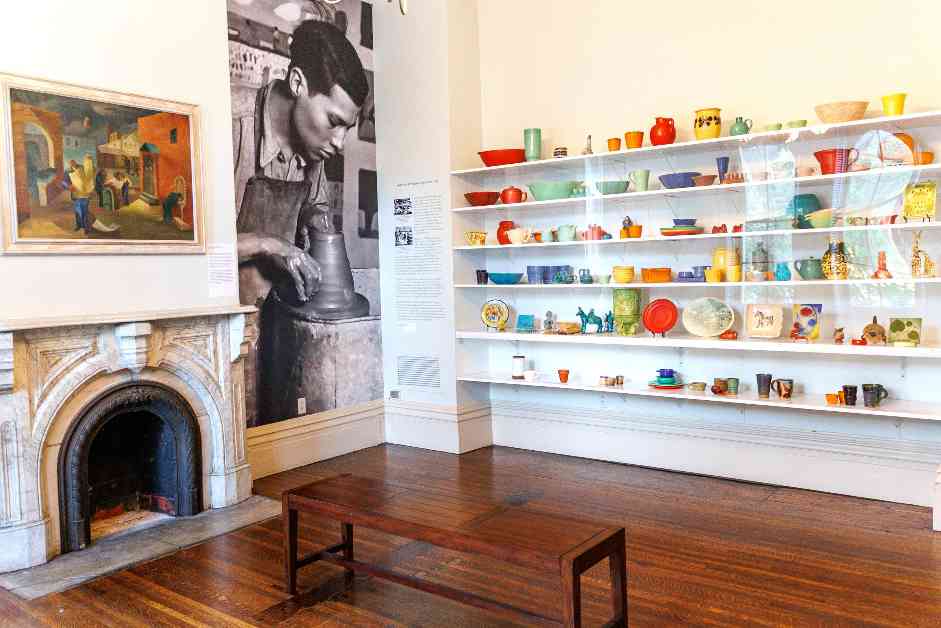The Jane Addams Hull-House Museum, located on the University of Illinois Chicago campus, showcases the historical significance of the social settlement from the late 19th and early 20th centuries. However, the innovative arts education that took place at Hull-House has often been overlooked until now.
The exhibition titled “Radical Craft: Arts Education at Hull-House, 1889-1935” aims to shed light on this aspect of Hull-House history. It explores how arts and crafts were used as tools for social reform and how educators and reformers connected industrial laborers with their inner creativity.
The show serves as a historical contrast to the exhibition at UIC’s Gallery 400, “Learning Together: Art Education and Community,” which covers arts education in Chicago from the mid-1960s to the 2010s.
Ellen Gates Starr, a radical educator and co-founder of Hull-House, believed that art should be accessible to everyone, not just the wealthy elite. The exhibition highlights the various arts and crafts offered at Hull-House, including drawing, painting, sculpture, textiles, bookbindery, ceramics, metalwork, woodworking, and basketry.
The exhibition showcases the work of celebrated and lesser-known artists, emphasizing the importance of arts education in Chicago’s history. The museum has also made an effort to recognize the community members who participated in the settlement’s programs and activities.
Visitors to the exhibition can explore different rooms dedicated to various art forms, such as textiles, ceramics, and paintings. The display includes artworks and craft objects that have rarely been shown before, providing a comprehensive view of the creative endeavors that took place at Hull-House.
In addition to the exhibition, the museum has developed robust programming, including workshops on clothing repair, storytelling, and weaving techniques. These initiatives aim to highlight the accessibility of arts education and the importance of offering creative opportunities to all community members.
Looking ahead, the museum plans to collaborate with arts organizations to host ceramics and glassblowing workshops for marginalized communities, continuing the legacy of providing inclusive art programming that Hull-House was known for.
Overall, the “Radical Craft” exhibition at the Jane Addams Hull-House Museum offers a unique insight into the history of arts education in Chicago and celebrates the creativity and innovation that flourished at Hull-House during its time. It serves as a tribute to the legacy of Hull-House and its commitment to promoting arts education for all.


